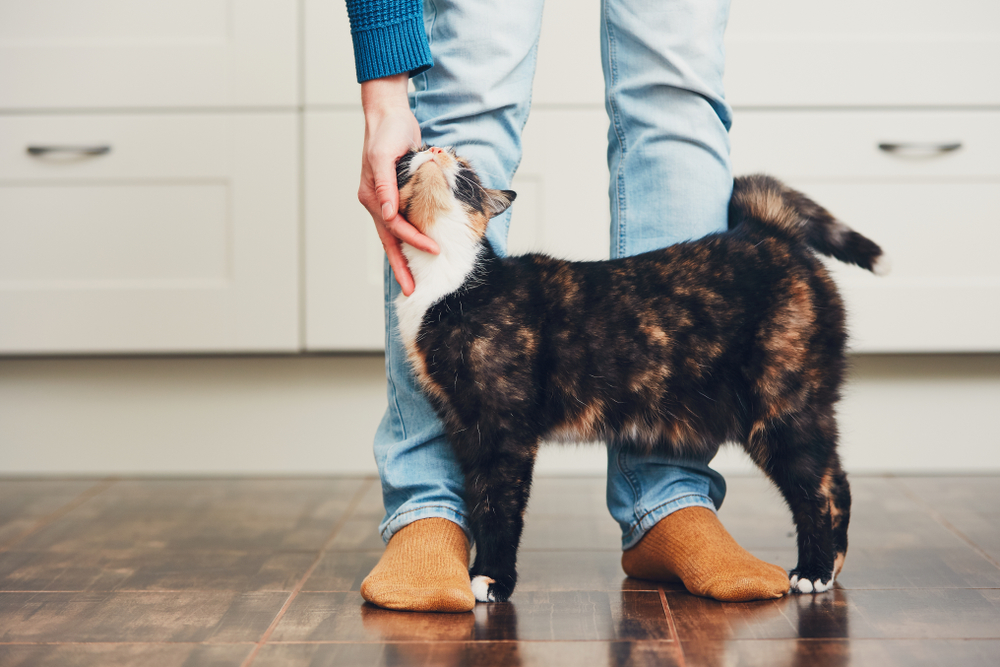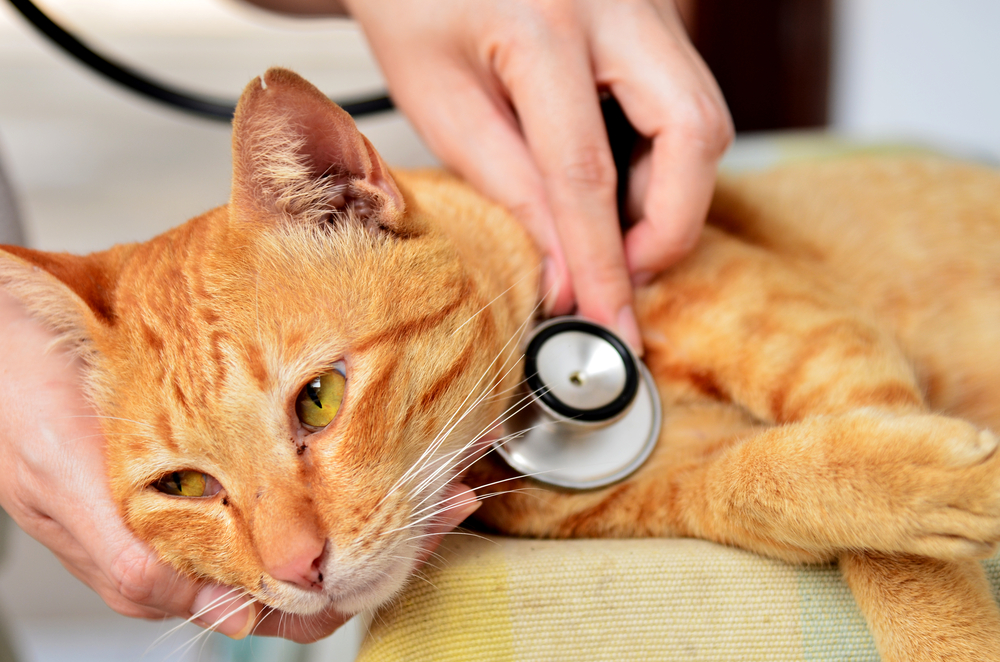If your cat goes without eating for several days, whether because of a health condition, behavioral issue, or stress response, they are at risk for developing hepatic lipidosis (i.e., fatty liver disease), which can be fatal without prompt treatment. The term hepatic means relating to the liver, and lipidosis means an abnormal fat accumulation. This condition likely seems strange—having a cat who loses weight because they are not eating but develops a condition characterized by fat accumulation. However, that’s exactly what happens with hepatic lipidosis. Our Southern Kern Veterinary Clinic team explains how your feline friend’s rapid weight loss can lead to this serious liver condition and the signs to look for.
Hepatic lipidosis in cats: Basics
While you are likely not familiar with this condition, don’t let the complex name overwhelm you. Simply put, if your whiskered pal has hepatic lipidosis, their body begins using fat stores for energy too quickly, which can occur if your cat stops eating. In a desperate attempt to fuel their body, this fat is sent to the liver, which is the organ responsible for fat metabolism and digestion, along with various processes related to many other bodily functions. However, the feline body is not capable of turning large amounts of fat into fuel, and excess fat accumulation within the liver’s cells ultimately interferes with the organ’s ability to function.
Hepatic Lipidosis in cats: Cause
An underlying issue that causes your feline friend to decrease their food intake significantly (i.e., anorexia) triggers hepatic lipidosis. The cause could be an underlying health condition or a stress response to a change in a cat’s routine or environment. Underlying health conditions that can cause a cat to stop eating include:
- Kidney disease
- Liver disease
- Hyperthyroidism
- Inflammatory bowel disease
- Pancreatitis
- Diabetes
- Cancer
Your whiskered pal is a sensitive creature. They can become extremely anxious in response to many situations, which can cause a significant decrease in their food intake. Environmental triggers that can cause a cat’s stress-related inappetence include:
- Moving or home renovations
- New pet or a new baby
- Loud, unfamiliar noises
- Boarding or veterinary visits
- Issues with other pets
- Boredom
- New litter box location or dirty litter box
All cats are susceptible to hepatic lipidosis. However, cats who are overweight or obese before experiencing inappetence are at a greatly increased risk for developing the disease, because they lose too much weight too quickly.
Hepatic lipidosis in cats: Signs
Your whiskered pal can develop hepatic lipidosis after only a few days of not eating, and the condition is usually fatal without prompt treatment. Contact our Southern Kern Veterinary Clinic team if your cat displays any hepatic lipidosis signs, especially jaundice, which indicates liver failure. In addition, keep an eye out for these illness signs:
- Appetite loss
- Rapid weight loss
- Yellowing (i.e., jaundice) of the skin, gums, and the whites of the eyes
- Lethargy
- Vomiting
- Diarrhea
- Drooling
- Behavioral changes
Hepatic lipidosis in cats: Diagnosis
To diagnose feline hepatic lipidosis, our Southern Kern Veterinary Clinic team takes your feline friend’s detailed health history and performs a physical examination and a variety of diagnostic tests, which may include blood work, diagnostic imaging, and liver biopsy. We perform these tests not only to diagnose hepatic lipidosis but also to identify any underlying conditions that may have caused a cat’s decreased appetite and weight loss.
Hepatic lipidosis in cats: Treatment
To prevent additional body fat stores from breaking down, hydration and nutritional support are the first and most important hepatic lipidosis treatments. Many cats with this condition are not willing or able to eat on their own and require a feeding tube. However, for the fat in the liver to be broken down and restored to normal function, an affected cat needs sufficient calories and nutrients. Once a cat begins eating again on their own, the amount of food delivered through the feeding tube can be slowly tapered, and eventually, the tube can be taken out. In addition, for a cat to recover fully, we must treat the underlying cause of their inappetence.
Hepatic lipidosis in cats: Prevention tips

If your feline friend goes without eating for several days, whether because of a health condition, behavioral issue, or stress response, they are at risk for developing hepatic lipidosis (i.e., fatty liver disease), but you can help lower their disease development risk. To decrease your cat’s hepatic lipidosis risk, follow these tips:
- Keeping your cat at a healthy weight
- Scheduling regular veterinary wellness examinations
- Monitoring your cat’s eating habits
- Reducing your cat’s stress
To help prevent your cat from developing hepatic lipidosis, keep a close eye on the amount they eat. If your whiskered pal seems to have lost their appetite suddenly, schedule an appointment with our Southern Kern Veterinary Clinic team, so we can determine the cause to ensure your feline friend gets the calories and nutrients they need to avoid developing hepatic lipidosis.







Leave A Comment